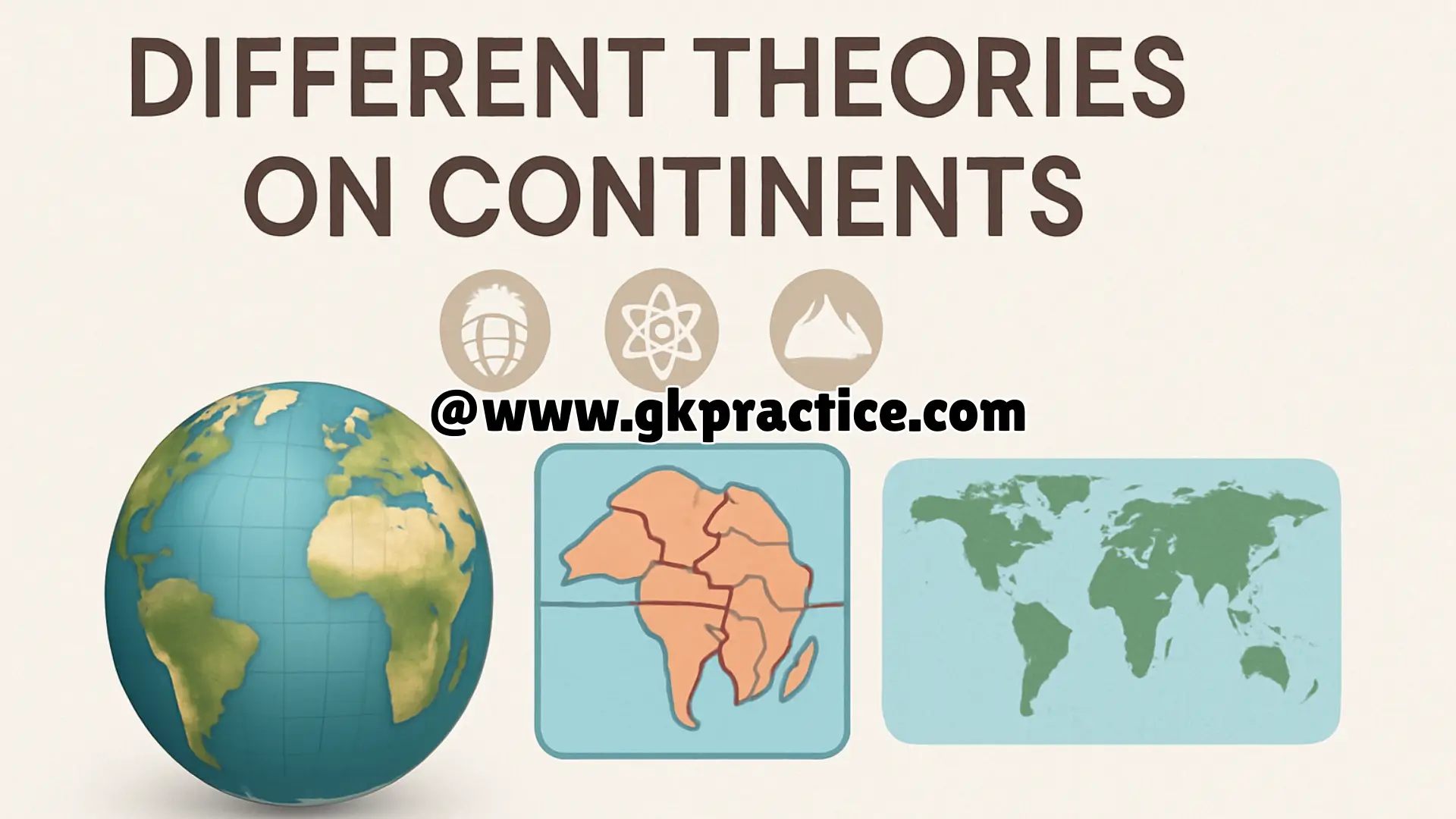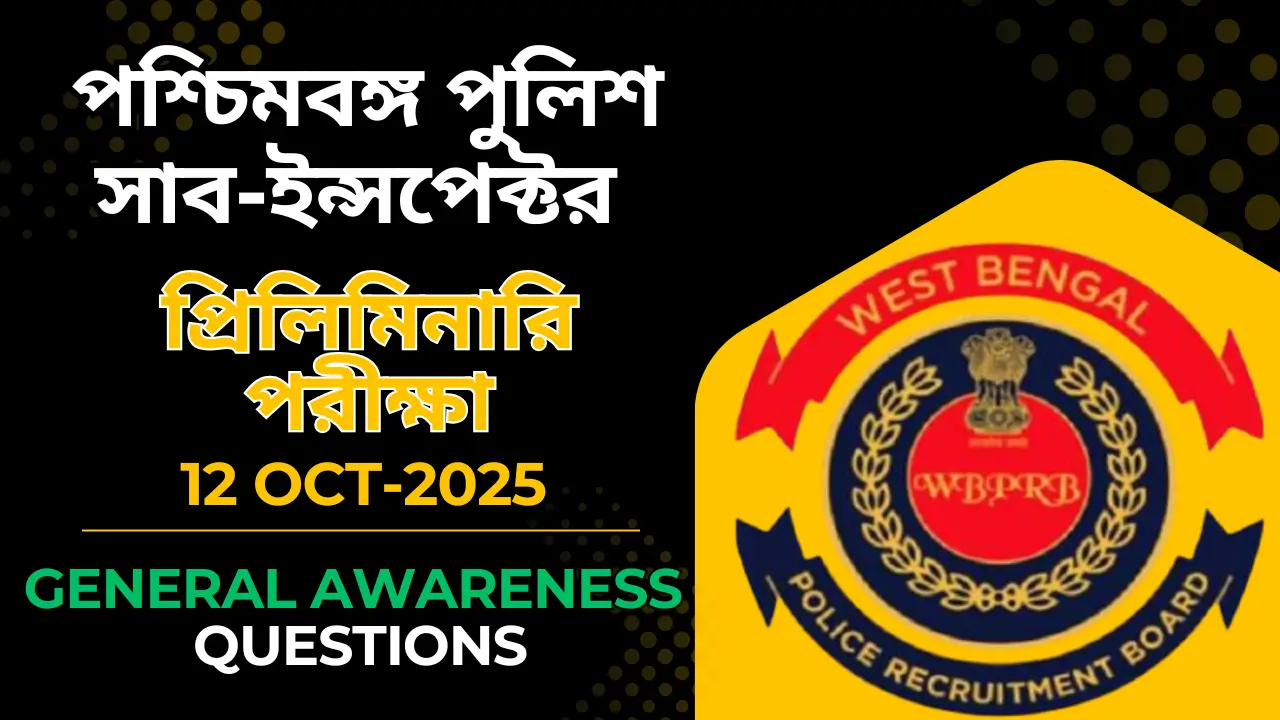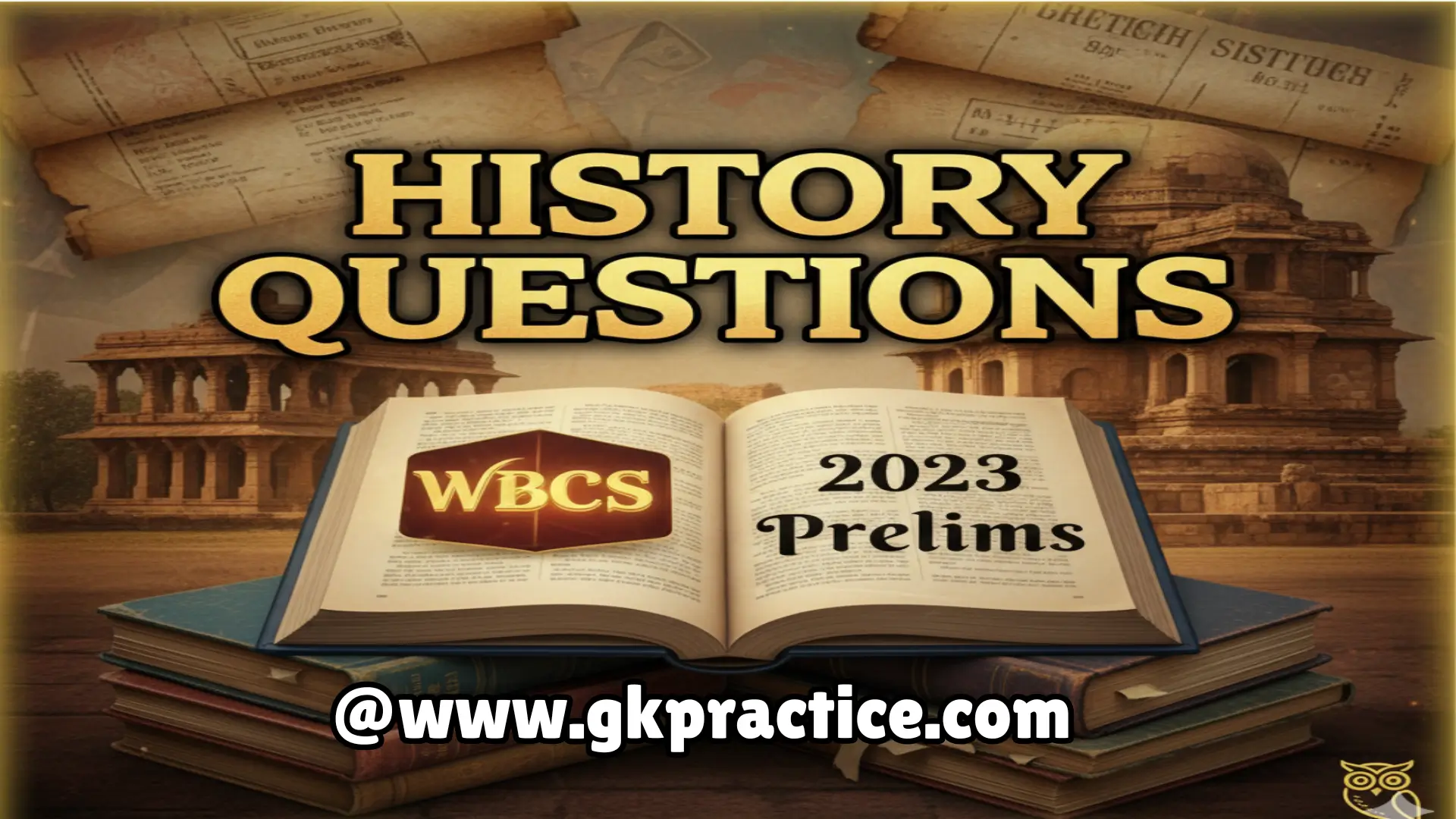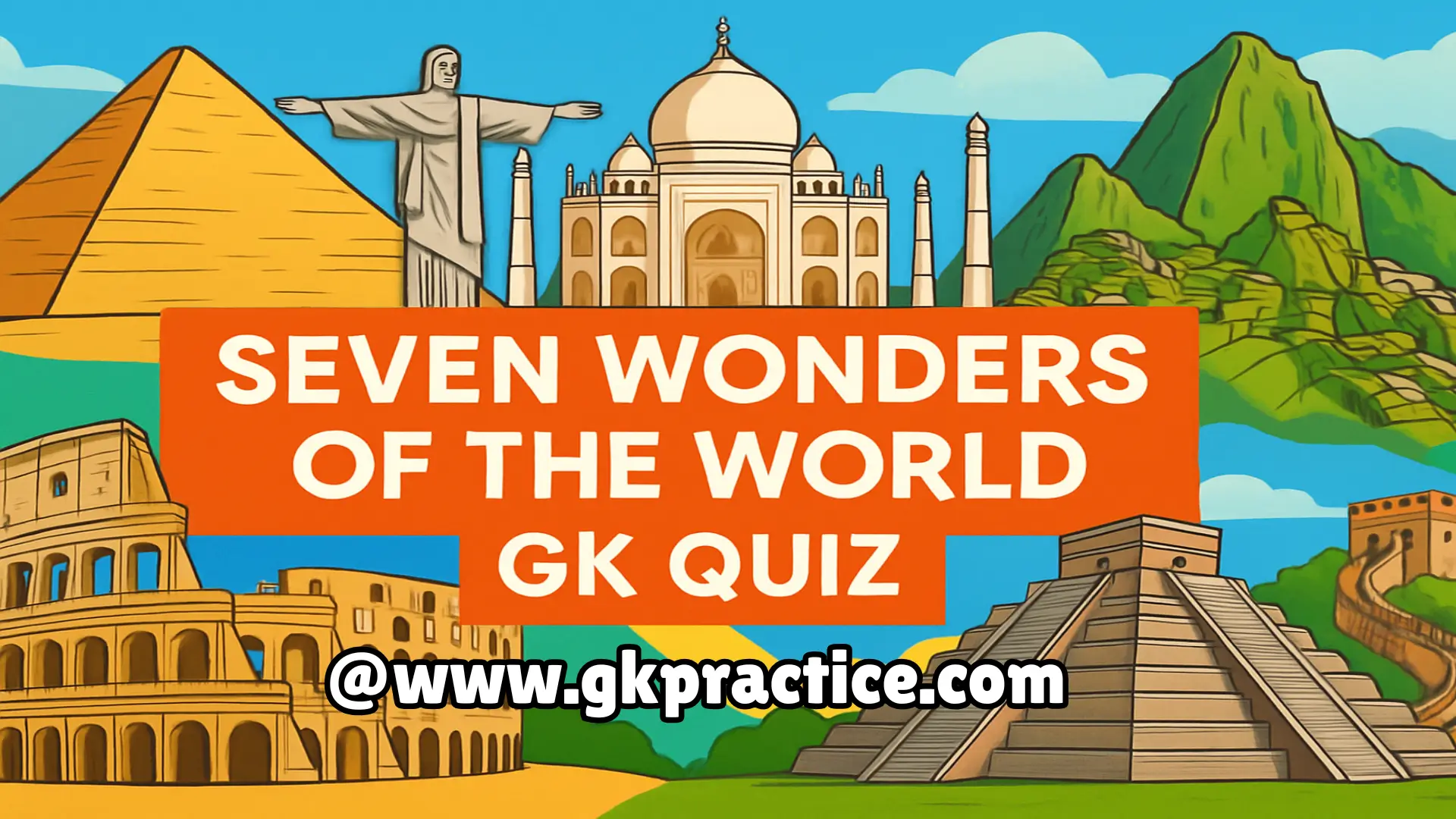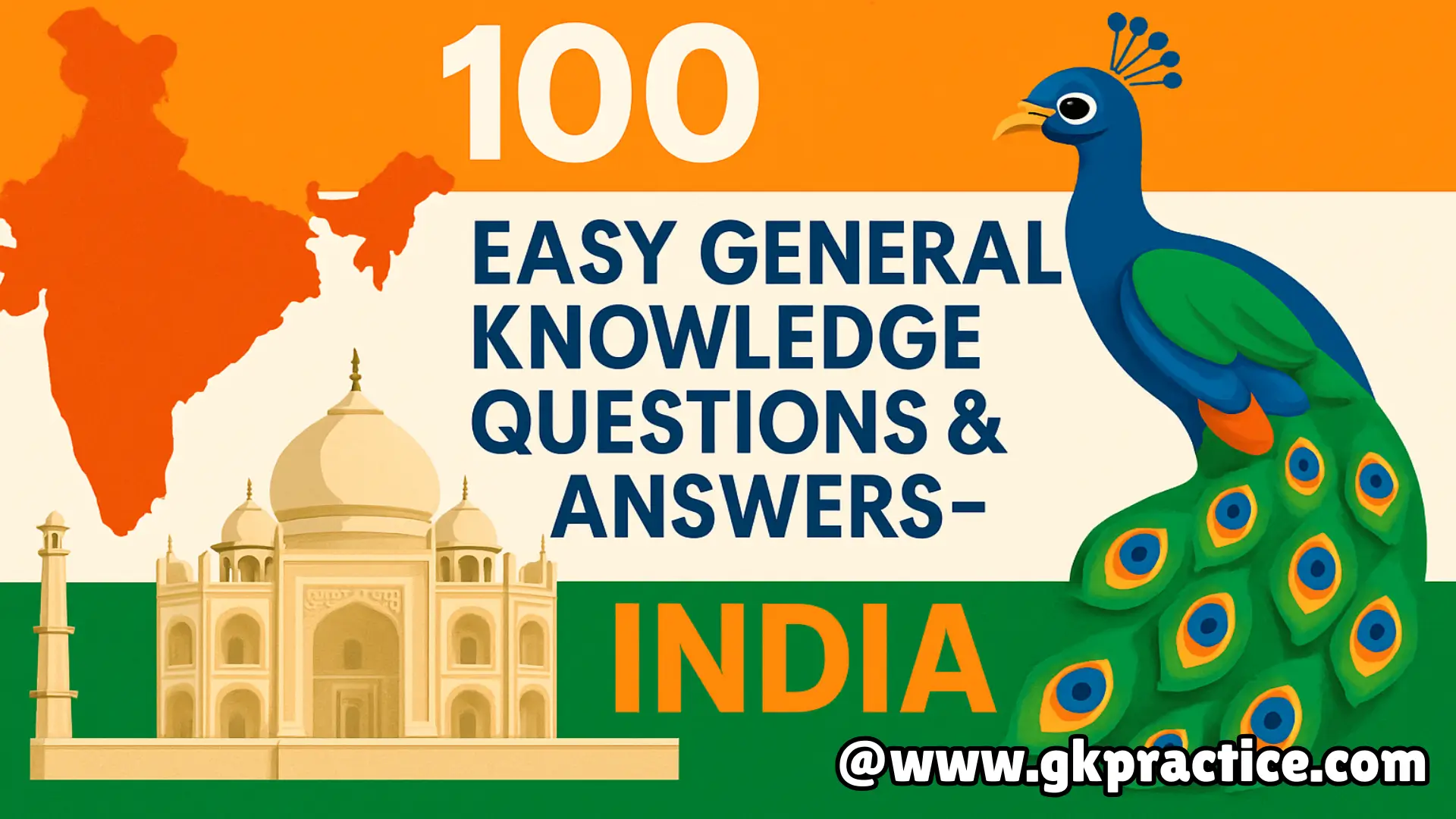Q11) The “Continental Drift Theory” faced criticism mainly because:
a) Lack of fossils
b) Wegener couldn’t explain the driving force
c) Wrong time frame
d) It ignored ocean currents
Explanation: Wegener’s Continental Drift Theory lacked a convincing mechanism for continental movement. He proposed tidal forces, but these were insufficient. Later, plate tectonics and seafloor spreading provided the missing driving forces.
Q12) What did Alfred Wegener use as evidence for continental drift?
a) Satellite images
b) Fossil distribution and rock formations
c) Ocean currents
d) Seismic waves
Explanation: Wegener observed that fossils of the same species, such as Mesosaurus, and similar rock formations were found across distant continents like Africa and South America, supporting his idea that they were once joined.
Q13) Which theory suggested continents are fixed and oceans shrink?
a) Continental Drift Theory
b) Plate Tectonic Theory
c) Contraction Theory
d) Expanding Earth Hypothesis
Explanation: The Contraction Theory incorrectly suggested that continents were fixed while oceans shrank as Earth cooled and contracted. This outdated idea was replaced by the scientifically supported Plate Tectonics Theory.
Q14) Who proposed the concept of “Island Arcs” as evidence for Plate Tectonics?
a) Alfred Wegener
b) Tuzo Wilson
c) Harry Hess
d) J.D. Dana
Explanation: Geologist James Dwight Dana studied volcanic island chains and proposed that such formations could result from tectonic activity. This was later integrated into Plate Tectonics Theory as evidence for subduction zones.
Q15) The theory that continents drift due to mantle convection currents is part of:
a) Plate Tectonics Theory
b) Continental Drift Theory
c) Contraction Theory
d) Expanding Earth Hypothesis
Explanation: Plate Tectonics Theory explains that convection currents in the Earth’s mantle drive the movement of tectonic plates, leading to continental drift, earthquakes, and volcanism. This provided the mechanism missing in Wegener’s theory.
Q16) Which theory explains that continents have moved slowly over the Earth’s surface through geological time?
a) Plate Tectonic Theory
b) Continental Drift Theory
c) Convection Current Theory
d) Expansion Theory
Explanation: Alfred Wegener’s Continental Drift Theory proposed in 1912 suggested that continents once formed a single landmass (Pangaea) and drifted apart. Although initially criticized, this theory laid the foundation for modern Plate Tectonic Theory.
Q17) Which theory of continents suggests that Earth’s crust is divided into rigid plates that move and interact, forming continents and oceans?
a) Continental Drift Theory
b) Plate Tectonics Theory
c) Sea-Floor Spreading Theory
d) Fixist Theory
Explanation: Plate Tectonics Theory explains that Earth’s lithosphere is broken into plates that float on the semi-molten asthenosphere. Their movements cause continental drift, mountain building, earthquakes, and ocean formation. This modern theory integrates earlier ideas like continental drift and sea-floor spreading, giving a unified explanation.
Q18) According to Plate Tectonic Theory, what is responsible for the movement of continents?
a) Earth’s magnetic field
b) Tidal forces of the moon
c) Convection currents in the mantle
d) Gravitational pull of the sun
Explanation: Plate Tectonic Theory explains that convection currents in the Earth’s mantle drive the movement of lithospheric plates, which carry continents and oceans. This movement results in earthquakes, volcanic activity, and continental drift.
Q19) Who proposed the Seafloor Spreading Hypothesis that supported continental movement?
a) Arthur Holmes
b) Harry Hess
c) J. Tuzo Wilson
d) Charles Lyell
Explanation: In the 1960s, Harry Hess proposed the Seafloor Spreading Hypothesis, stating that new oceanic crust forms at mid-ocean ridges and spreads outward. This theory provided strong support to Plate Tectonic Theory and explained continental drift mechanisms.
Q20) What evidence did Alfred Wegener use to support his theory?
a) Fossil records and geological similarities
b) Astronomical observations
c) Ocean currents
d) Human migration patterns
Explanation: Wegener cited fossil distribution, rock formations, and glacial deposits across different continents as evidence of continental drift. For instance, identical fossils of Mesosaurus were found in South America and Africa, proving continents were once connected.

